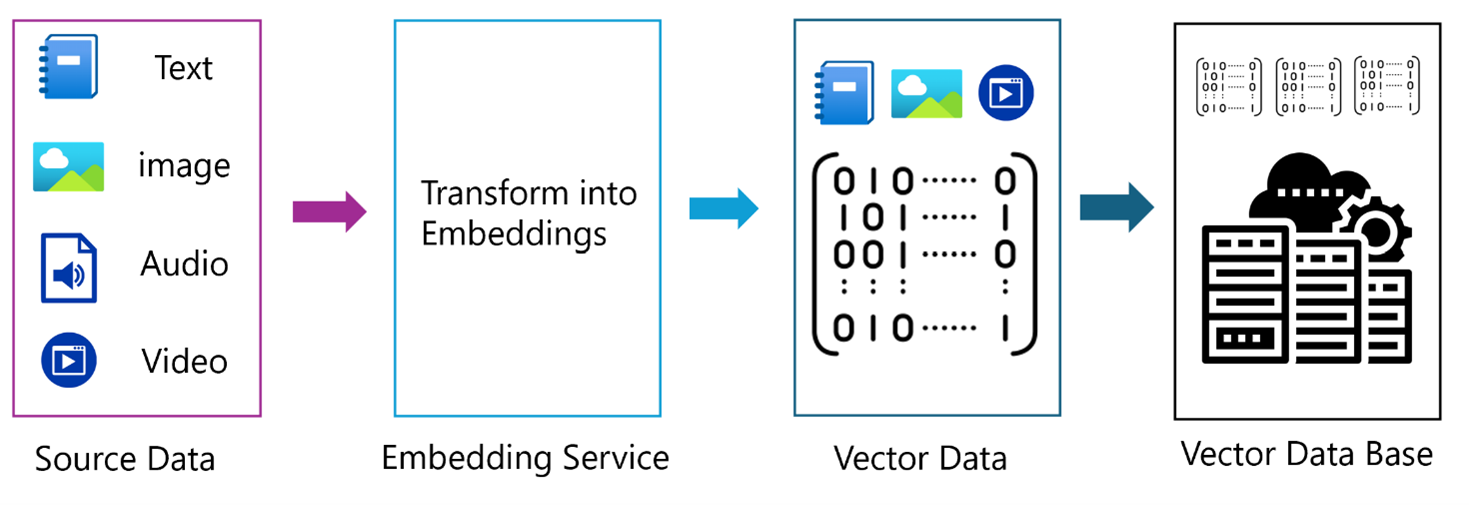Look, I tried doing everything with just Pinecone for about 6 months. Our AWS bill hit $14k one month and my manager was NOT happy. The worst part? Half of those queries were for batch jobs that could have waited 30 seconds instead of needing sub-50ms responses.
The Problems I Actually Hit
Pinecone is expensive as hell for everything: I was paying $70/month minimum just to keep an index alive, even for our dev environment that got maybe 10 queries a day. Then production scaling kicked in and suddenly we're looking at thousands per month for what's basically just storing vectors and doing cosine similarity.
Qdrant is fast but crashes in weird ways: Tried self-hosting Qdrant to save money. It's genuinely faster than Pinecone for batch processing - I was getting 3x the throughput on the same hardware. But when it crashes (and it does), you're debugging Rust stack traces at 2am with no enterprise support.
Weaviate wants to do everything: Their GraphQL interface is actually pretty cool for complex queries, but holy shit the memory usage is unpredictable. One time it consumed 24GB of RAM for 500k vectors because I had some nested object structure it didn't like. Also, their cloud pricing makes no sense - you pay for "Weaviate Units" which is apparently how much CPU/RAM your queries use, but good luck predicting that.
Chroma breaks when you actually use it: Perfect for prototyping. I can spin up a Chroma instance in 30 seconds and start throwing embeddings at it. But try to deploy it in production? No authentication built-in. No clustering. No backup system. It's basically SQLite for vectors, which is great until you need literally any enterprise feature.
![]()
What Actually Works: Using Each Database For What It's Good At
After 18 months of trial and error, here's how I actually use each one:
Pinecone: For Stuff That Can't Go Down
I use Pinecone for our customer-facing search and recommendations. Yeah, it's expensive, but it just works. I've never had a Pinecone outage affect our users, which is more than I can say about any self-hosted solution I've tried. The auto-scaling is actually useful - during Black Friday our query volume went up 40x and I didn't have to do anything.
Cost reality check: We're paying about $800/month for production and another $200 for staging. That hurts, but it's way less than what downtime would cost us.
Qdrant: For Batch Jobs That Need Speed
All our model training, recommendation pipeline updates, and analytics queries go through Qdrant. It's legitimately 3-4x faster than Pinecone for bulk operations. The catch? When something breaks, you're on your own. I've spent entire weekends debugging why Qdrant was randomly returning empty results (turned out to be a memory mapping issue on larger indices).
Pro tip: Use their Docker image and don't try to compile from source unless you enjoy pain.
Weaviate: For Weird Multi-Modal Stuff
We have this content discovery feature that searches across text, images, and metadata. Weaviate is the only one that handles this without making you write custom code. Their GraphQL API is actually pretty nice once you get used to it.
The downside? Resource usage is unpredictable. I've seen the same query take 50ms one day and 5 seconds the next, depending on how the cache is feeling. Also, their pricing model is confusing as hell - you pay for "compute units" which apparently includes CPU, RAM, and storage, but the ratios change based on your query patterns.
Chroma: For Everything Else
Local development, testing, proof-of-concepts, and any time I need to prototype something quickly. The Python integration is seamless - you can literally have vectors stored and queryable in 3 lines of code.
Just don't put it in production unless you want to rebuild half the functionality yourself.
![]()
The Real Cost Breakdown
Running multiple databases sounds expensive, but it's actually cheaper than trying to force everything through Pinecone:
- Pinecone (prod only): $800/month for user-facing queries
- Qdrant (self-hosted): ~$200/month in EC2 costs for all batch processing
- Weaviate Cloud: $150/month for content discovery
- Chroma: $0 (local development only)
Total: $1,150/month vs $3,200/month if I put everything on Pinecone.
Yeah, it's more complex to manage, but the cost savings and performance improvements are worth it. Plus I'm not locked into any single vendor's pricing changes.
Now here's the part where things get interesting: actually making these databases talk to each other without everything catching fire.
